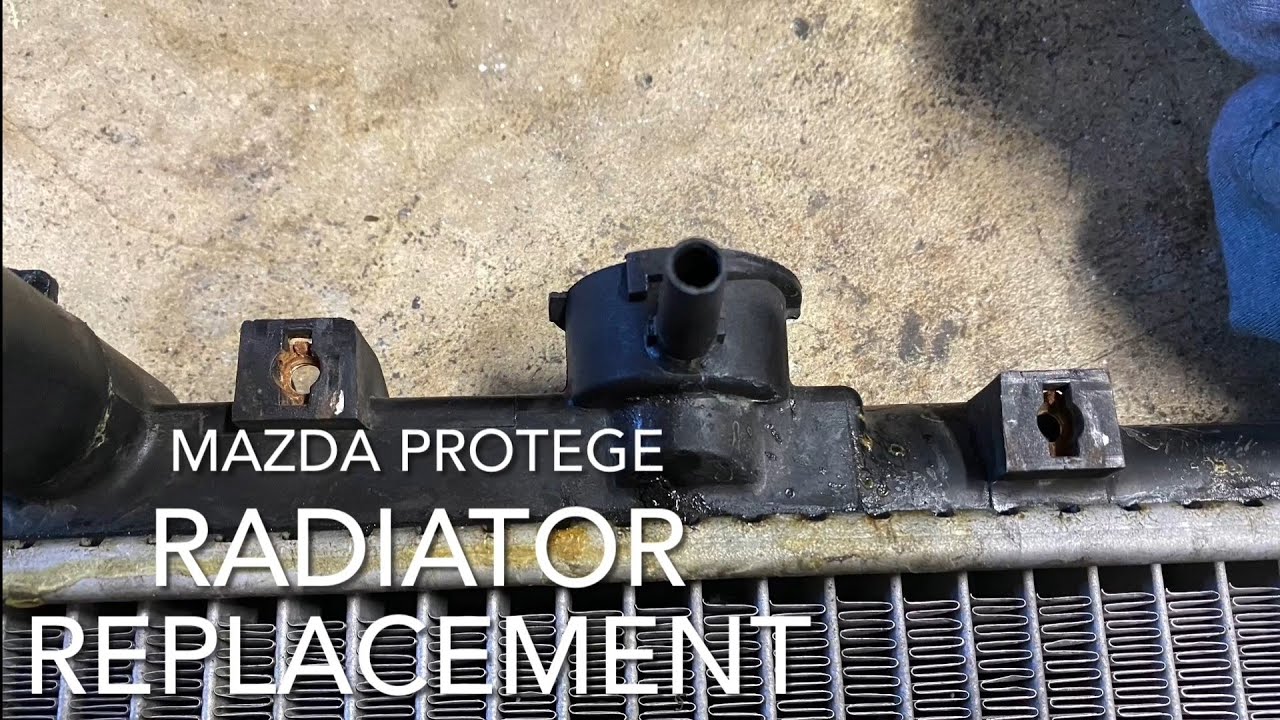katapaltes
'03 P5, '17 Miata, stock AF
- :
- Dallas, TX
- :
- 2003 Protege5
Hey, everyone. I have a leak in my cooling system that has lowered my overflow reservoir from High to Low twice over the course of two 10 - 20 mile trips. The radiator is still full and I've just been filling the overflow back up with a 50/50 mix for the time being. While troubleshooting, I took off the air intake and found coolant all the way around the top of the radiator. (In the pics below, the "teeth" on the front, back, and both sides of the radiator top have coolant on them.)


I thought I'd need to replace the radiator, but I also noticed I have an ill-fitting upper radiator hose. It seems to have backed off from being pushed up snugly to the radiator and there's an obvious gap shown below. The circled spot on the radiator may have even been cleaned by escaping coolant. The witness marks on the radiator hose may be deep enough to interfere with repositioning the clamp - I don't know.
My question is, should I replace the upper radiator hose (and potentially the lower one while I'm at it)? I've already snugged the upper hose to the radiator, but there's still a gap within/near the circle shown in the pic below. I have a worm gear hose clamp that I could add to existing spring hose clamp to cinch down the gap if that would help or just as a troubleshooting step. Both pics below were taken before I snugged up the hose to the radiator, so it looks a tiny bit better now.


I thought I'd need to replace the radiator, but I also noticed I have an ill-fitting upper radiator hose. It seems to have backed off from being pushed up snugly to the radiator and there's an obvious gap shown below. The circled spot on the radiator may have even been cleaned by escaping coolant. The witness marks on the radiator hose may be deep enough to interfere with repositioning the clamp - I don't know.
My question is, should I replace the upper radiator hose (and potentially the lower one while I'm at it)? I've already snugged the upper hose to the radiator, but there's still a gap within/near the circle shown in the pic below. I have a worm gear hose clamp that I could add to existing spring hose clamp to cinch down the gap if that would help or just as a troubleshooting step. Both pics below were taken before I snugged up the hose to the radiator, so it looks a tiny bit better now.
Last edited:

